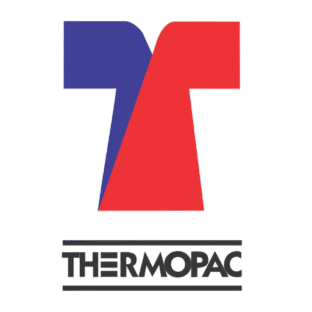Environmental protection is the biggest priority for each industry and hence even re-refining plant must follow stringent discharge norms.
At THERMOPAC, we design and build air pollution control systems complementary to our used oil re-refining plants, so that the exhausts from the plant do not escape to the air to cause pollution.
This system can also be offered as a retrofit to any existing plant; hence if your plant is emitting VOCs or other chemical compounds, we can help you solve odor and other fugitive emission problems.
We offer a combination of wet scrubber and thermal oxidizer.
WET SCRUBBER
THERMOPAC Wet Scrubbers are versatile and effective in controlling pollution and can be used to remove a wide range of pollutants such as particulate matter, acidic gases like Sulphur dioxide, hydrogen chloride, nitrogen oxides, odor, hydrophilic VOCs; dusts, fumes and heavy metals from exhaust gases.
Wet Scrubbers are used in a wide variety of industries.
The Wet Scrubber uses a liquid to remove pollutants from a gas stream. The liquid is typically water; but other liquids such as alkali or acid solutions can also be used, depending upon the application.
The high pressure liquid, in a typical case water with caustic solution, is atomized from a jet nozzle into the throat of a ventury which induces the flow of the gas to be scrubbed. The liquid absorbs or dissolves or chemically reacts with the pollutant.
The products of chemical reactions of H₂S, SOx with caustic solution along with dusts and other solid particles are the wastes generated. This is in the form of a slurry, which is to be periodically removed from the scrubber bottom. The solids may be burnt in the thermal oxidizer or sold as byproducts. The partially cleaned gases exiting the scrubber along with non-hydrophilic VoCs pass on to the Thermal Oxidizer. The Thermal Oxidizer converts the gases to CO2 and H2O and carries them to the atmosphere.
THERMAL OXIDIZER
Thermal Oxidizers are combustion systems that control VOCs and volatile HAP emissions by combusting them to carbon dioxide and water.
THERMOPAC thermal oxidizers are specifically designed depending upon the pollutant concentration in the waste gas stream, type of pollutant, presence of other gases, etc.
The important design factors include temperature, residence time and turbulence. Residence time and mixing are fixed by oxidizer design; the flow rate may be controlled over a limited range.
The heart of the system is a refractory lined combustion chamber in which the waste stream is burnt.
The combustion chamber is provided with a burner firing auxiliary fuel (fuel oil or natural gas) in order to raise the temperature of the waste gases. Auxiliary fuel requirement is decreased and energy efficiency improved by providing heat exchange between inlet and effluent streams. The effluent stream carrying the products of combustion can be used to preheat the incoming waste stream, auxiliary air or both via a primary or recuperative heat exchanger.
The system is skid-mounted and with PLC-based controls.

“Thanks for your comment! We appreciate your feedback. For more updates and information, visit
https://thermopac.in/“
Pingback: THERMOPAC – Wet Scrubber and Thermal Oxidizer – used motor oil recycling